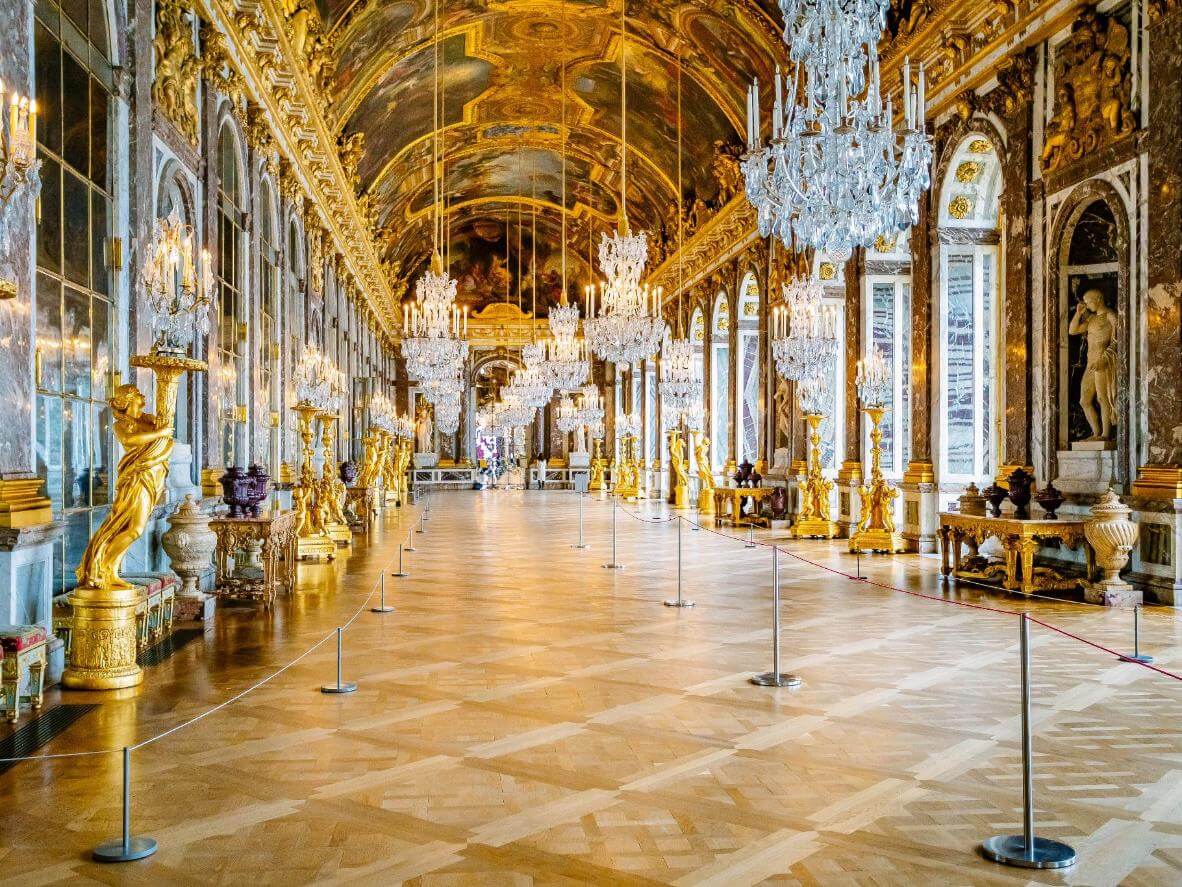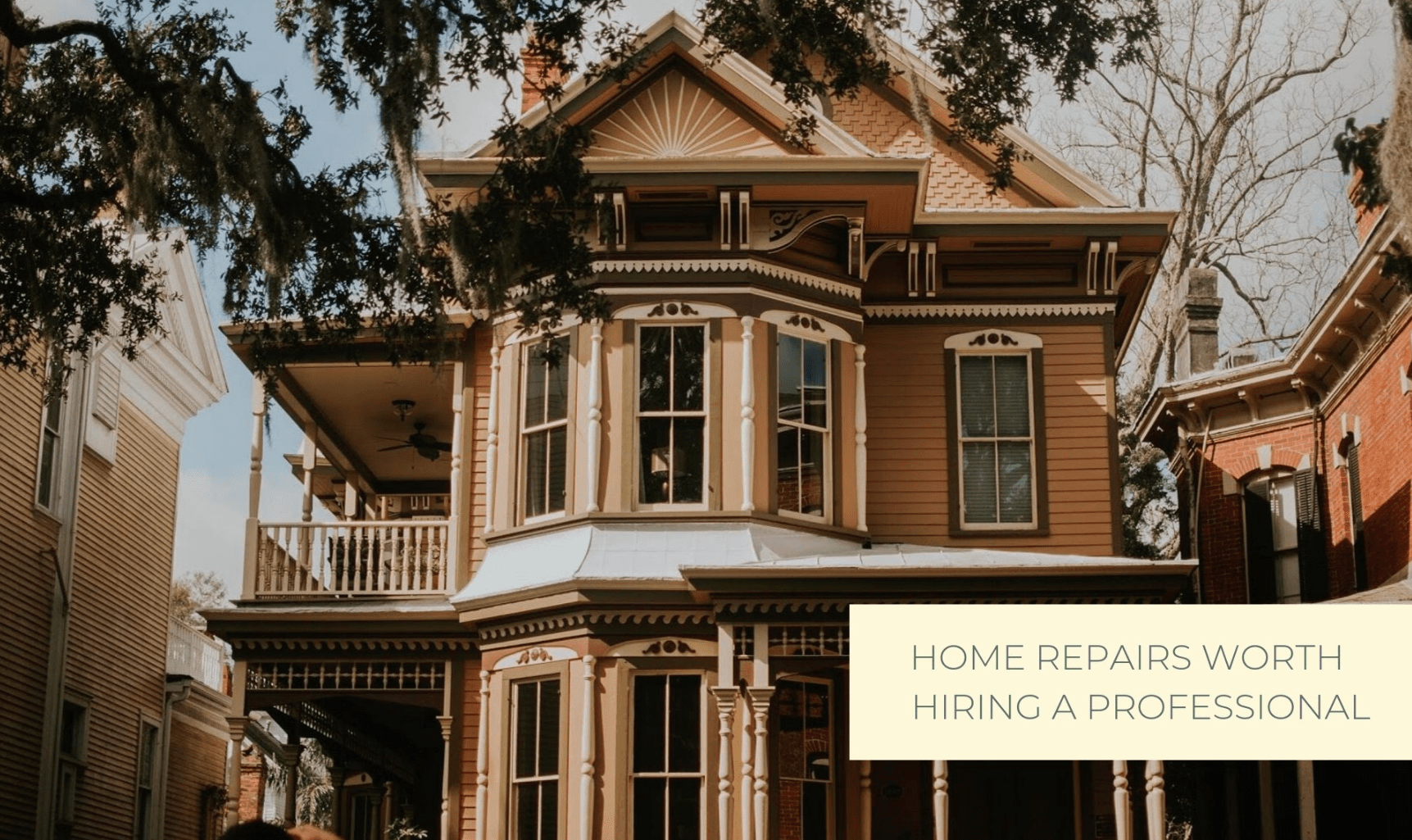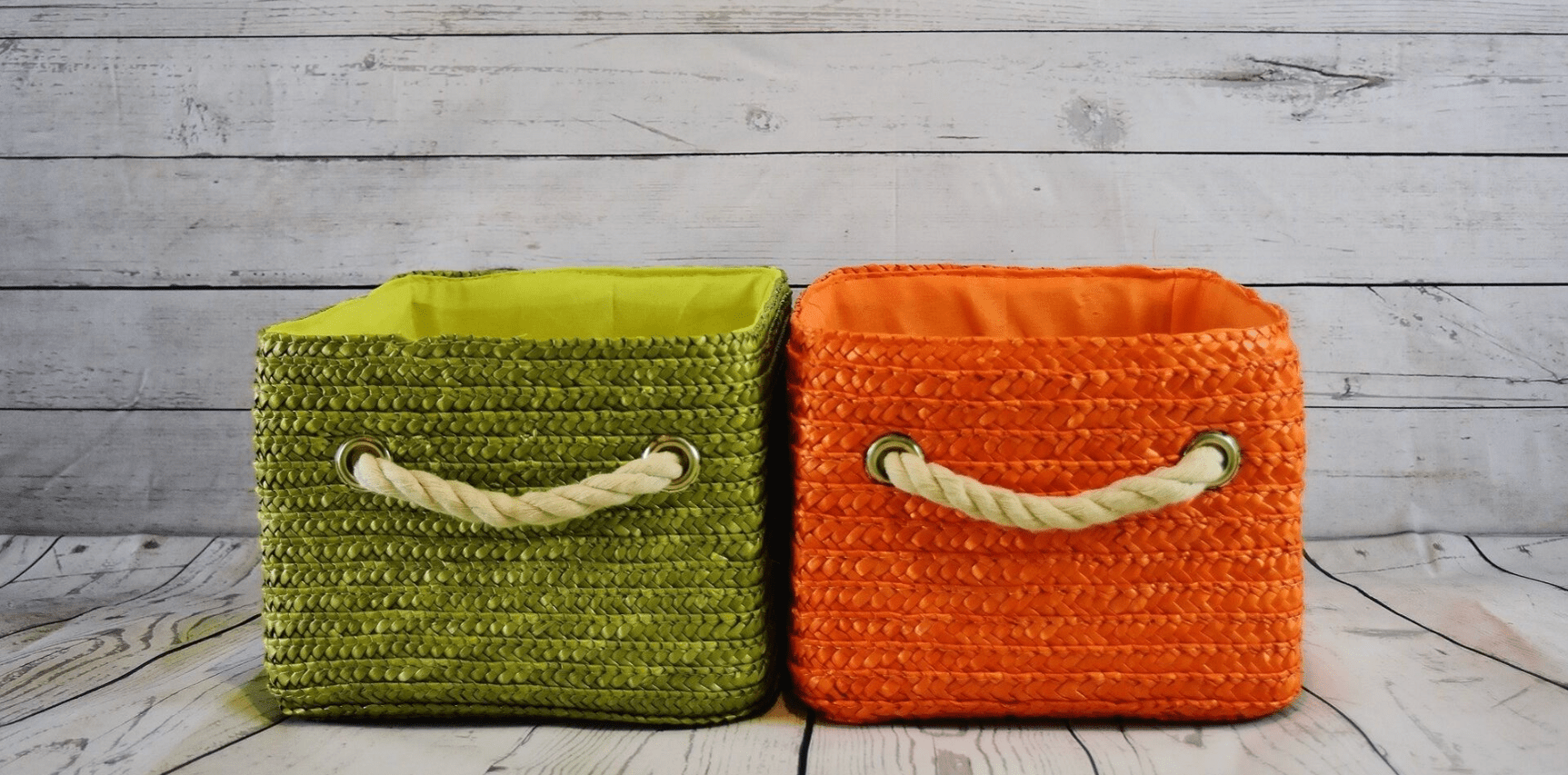
Wood Flooring Down Through The Ages
The Evolution of Todays Wood Floor
Timber and wood in the form of branches and rough sawn boards have been main building materials since before recorded history, so it is not surprising wood flooring dates back to the Middle Ages.
During this time, it was typical to have a dirt floor, which would become muddy if the people or pets came in with wet feet, or if it rained. Using saws, hatchets, chisels, or other rough tools on hand, craftsmen were able to create mismatched sets of oak or pine boards that were laid down unfinished and polished with the feet of its inhabitants and occasionally rubbed with sand for cleaning.
With the arrival of the Baroque era (1625-1714) hardwood floors became a decorative piece in the homes of royals and wealthy, becoming a status symbol. These floors were intricately laid in patterns and carved illusions using different colored species of wood, then hand scraped, scrubbed with sand, oiled, and polished with waxes. For the mid-class who could not afford this luxury, wood flooring was painted with patterns to imitate the flooring of the aristocrats.
With the abundance of wood found in North America, wood flooring became common and affordable for the colonists in America. These floors were not used as decoration, but more as a practical and warm flooring choice, and were left unfinished.
During the Victorian Era, parquet patterned floors became more popular and accessible to not only the royals of Europe but also wealthy families in North America. These floors were labors of love, which were oiled and waxed fresh by servants daily and were only installed in special rooms of the homes like the dining room or parlor.
Jumping to the early 20th century, tongue and groove planks were invented, and with the rise of machinery, wood flooring became a much quicker and accessible flooring choice.
When WWII ended in 1945, young soldiers were coming home, starting families, and needing to buy their own homes. New homes were being quickly and inexpensively built, and most were built using the newly invented concrete slab foundations. Solid wood flooring cannot be laid down directly onto the concrete slab, so most homes chose carpet or linoleum, causing the wood flooring market to suffer immensely. In the 1960s Engineered wood planks were born. These planks not only used less of the actual wood product and were cheaper but because of their build could be placed directly onto concrete slab foundations.
Today, engineered flooring has grown and developed a range of its own. Our luxury, precision planks are a hybrid of the best practices in wood flooring. With a thick layer of European white oak on top of a water-resistant birch plywood backing, our planks have just as much sanding life as a solid plank but are much more dimensionally stable than a traditional plank would be. Available pre-finished, we offer you the gorgeous luxury custom wood flooring of your dreams, without the mess and extra labor of a solid wood plank floor.
Sources:
Let’s work together
Start your flooring project today.
Castle Bespoke listens. We hear it from our customers over and over again. Let us help you create your dream floor, your showpiece. Contact us now and get the process started. We make it easy and enjoyable to create a custom, sustainable wood floor.

 Terry Brandsen
Terry Brandsen

